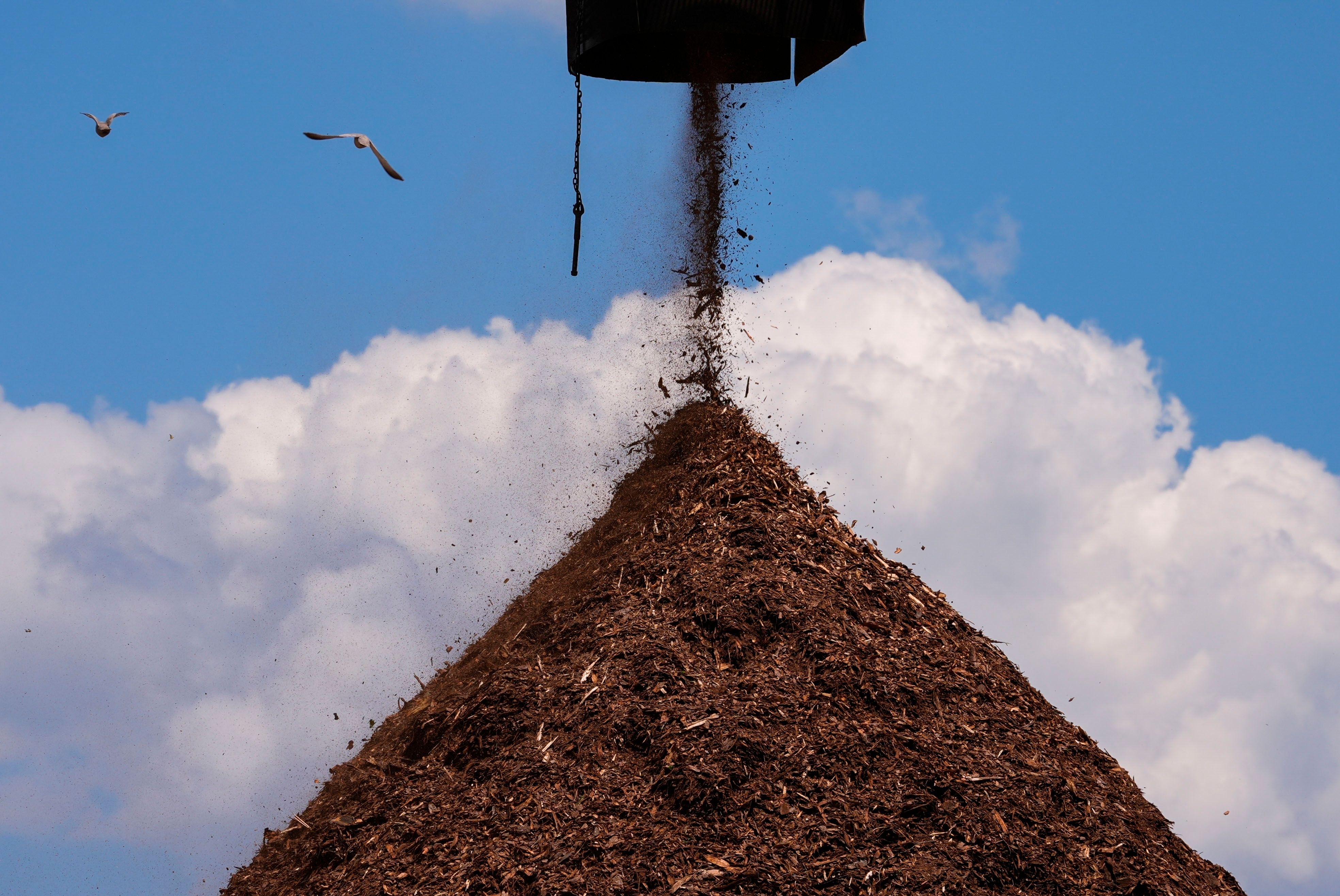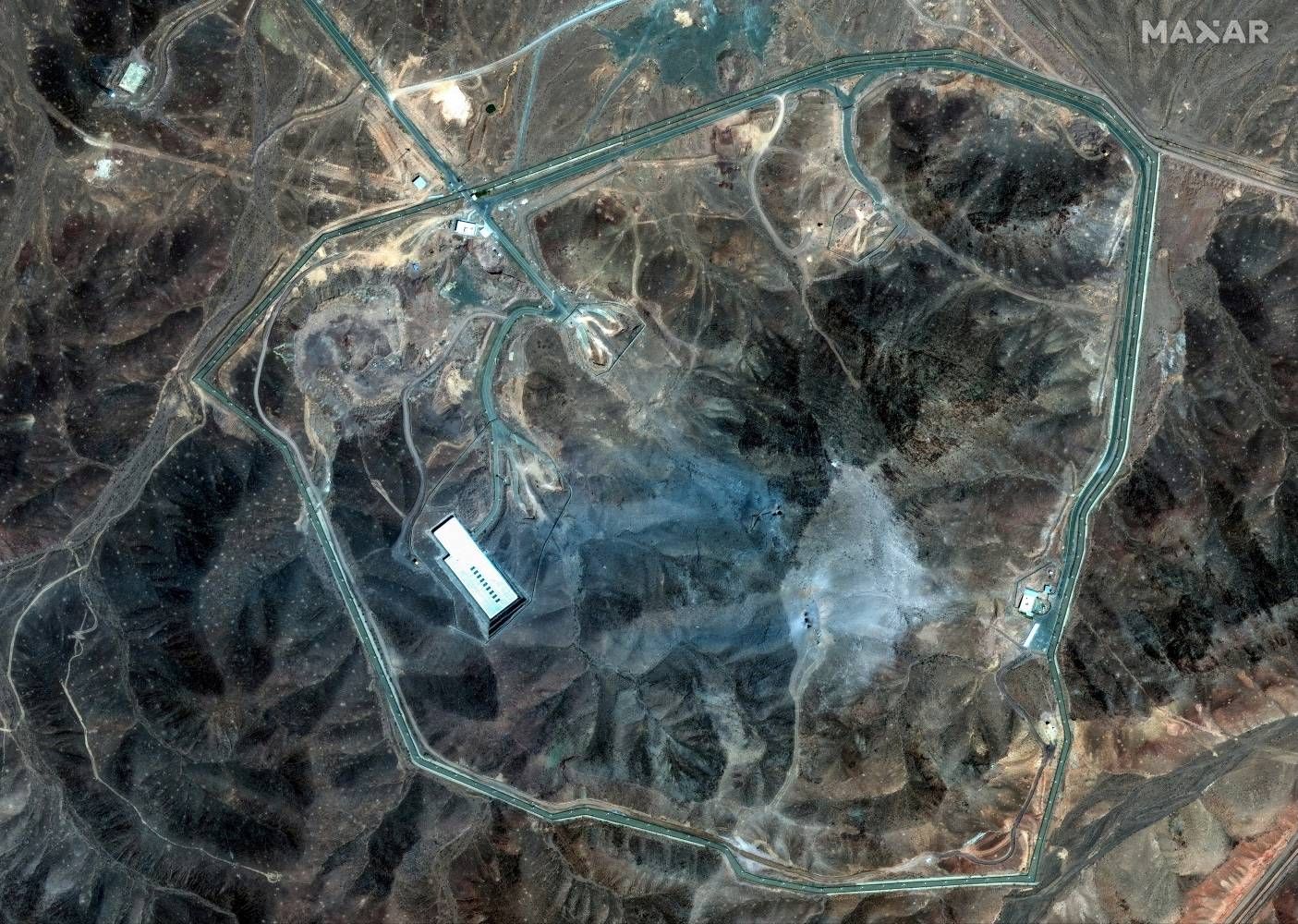Wood Pellet Mills Are Prone to Catching Fire. Why Build Them in California?
Wood Pellet Mills Are Prone to Catching Fire. Why Build Them in California?
Wood pellet mills are industrial facilities that convert raw woody biomass into pellets that can be…

Wood Pellet Mills Are Prone to Catching Fire. Why Build Them in California?
Wood pellet mills are industrial facilities that convert raw woody biomass into pellets that can be used as a renewable energy source. However, these mills are prone to catching fire due to the high temperatures and fine particles of dust produced during the pelletizing process.
Despite the fire risk, wood pellet mills are being built in California for several reasons. Firstly, California has strict regulations on air pollution and greenhouse gas emissions, and using wood pellets as a renewable energy source can help reduce the state’s reliance on fossil fuels.
Additionally, California has a large supply of wood biomass from forests and agricultural residues, making it an ideal location for wood pellet production. This biomass would otherwise go to waste or be burned in open fields, contributing to air pollution and greenhouse gas emissions.
Furthermore, California has a high demand for renewable energy sources, especially in the residential and commercial sectors. Wood pellets can be used in pellet stoves, boilers, and power plants to provide heat and electricity in a more sustainable manner.
Despite the benefits of wood pellet production, there are concerns about the fire risk associated with these mills. Proper safety measures, such as fire detection and suppression systems, must be in place to prevent and respond to fires effectively.
In conclusion, while wood pellet mills are prone to catching fire, they are being built in California to meet the state’s renewable energy goals and utilize its abundant biomass resources. With proper safety precautions in place, wood pellet production can be a valuable and sustainable industry in the fight against climate change.






